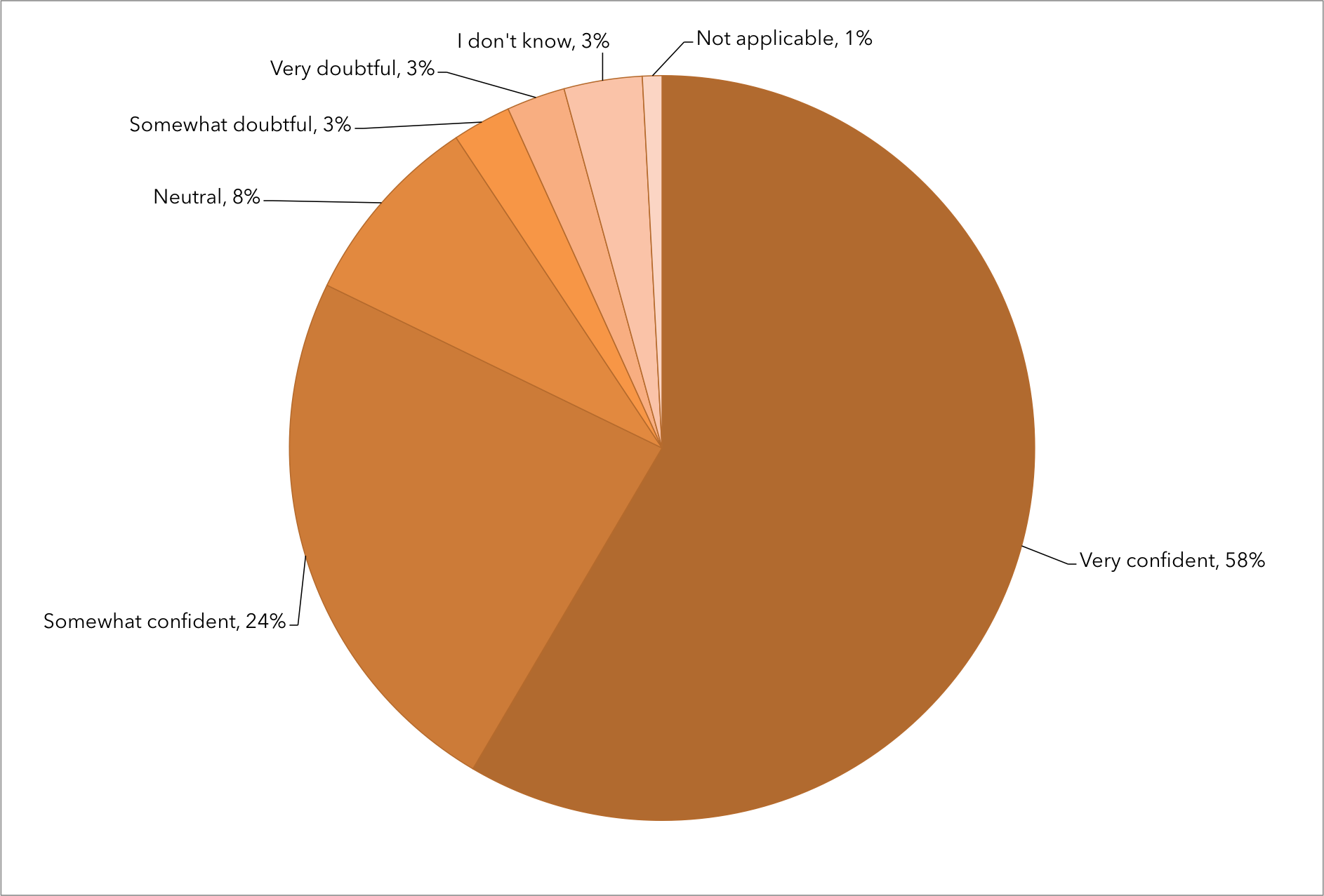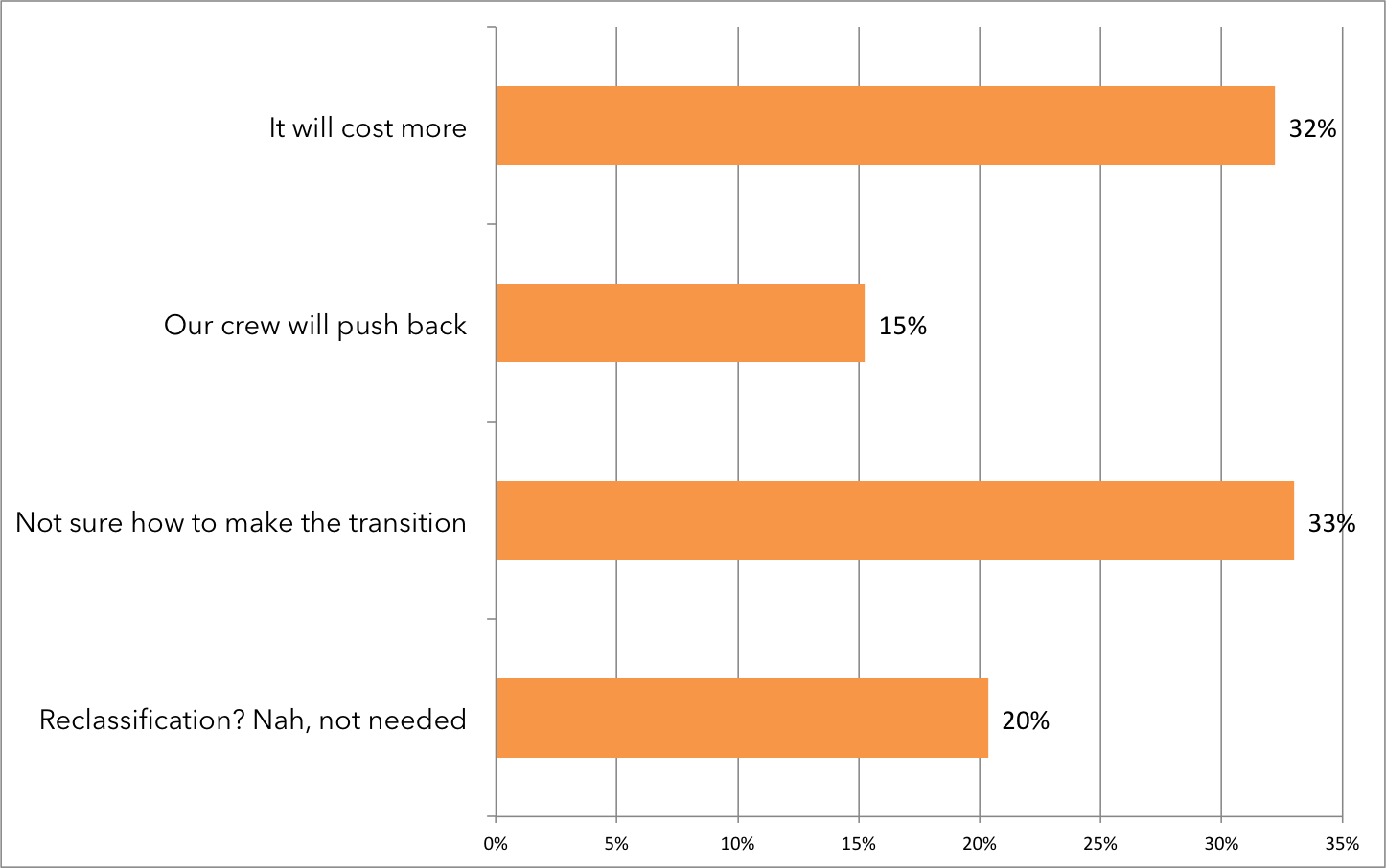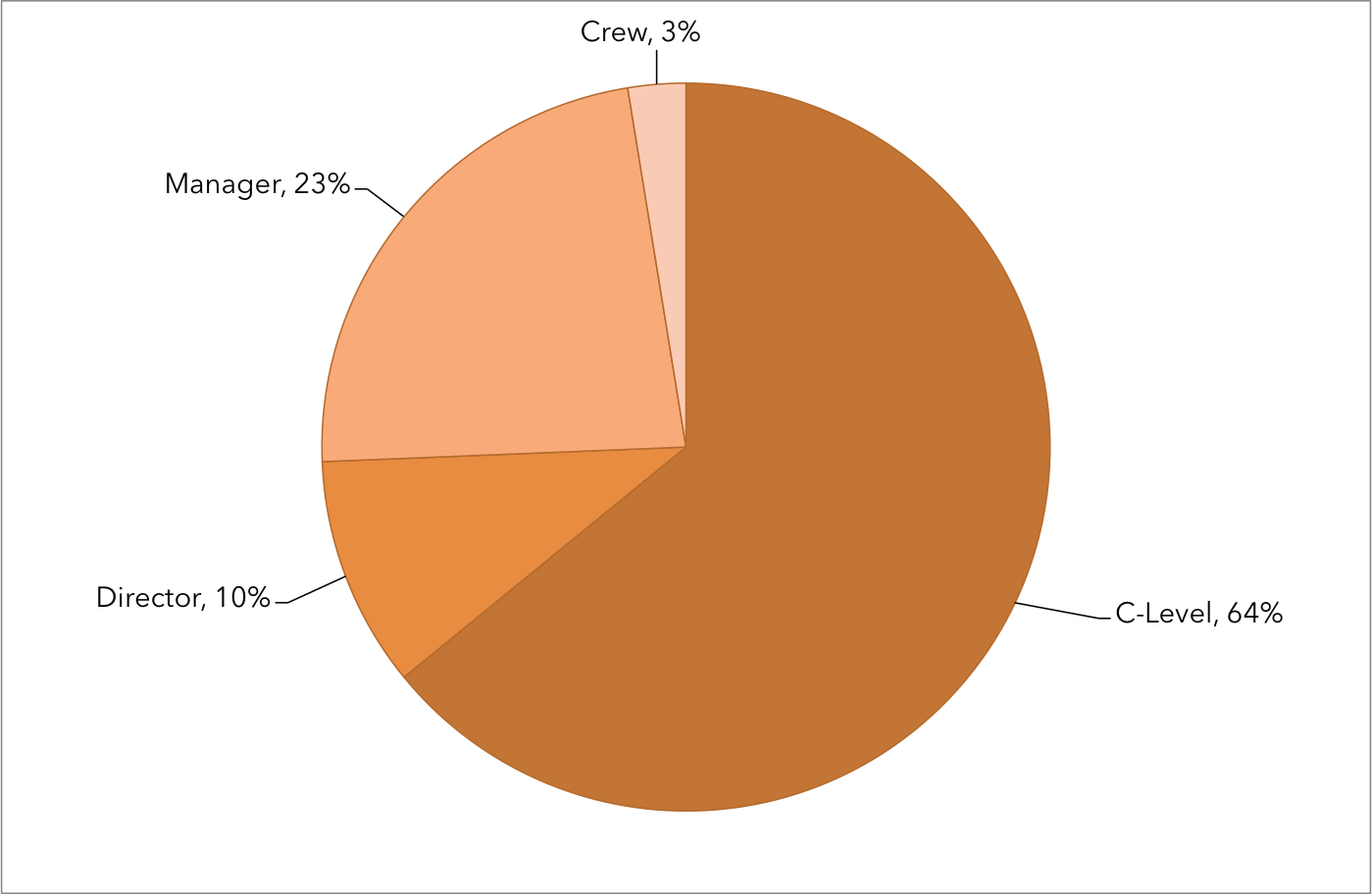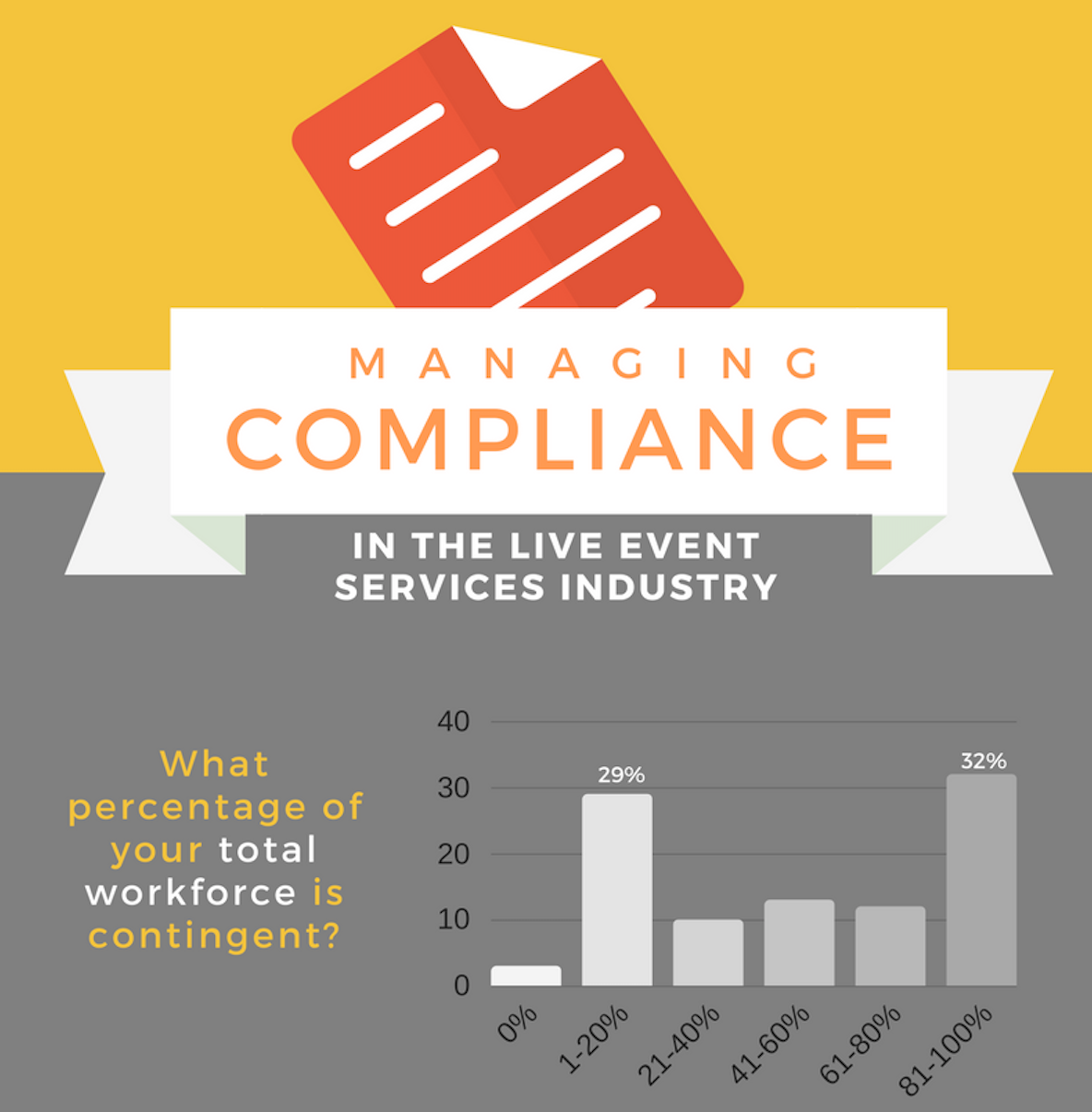Shhh…this is really about compliance but hold up before you go…there are powerful survey results to make it less painful, so take a quick look:
What is boring, unpleasant, and never-ending, but good for you? A dental visit? Nope…compliance. Okay, bad punch-line, but solid topic.
We are ready to release the findings of LASSO’s 1st annual event industry compliance survey. Over the last few years, the topic of compliance has been talked about a lot, especially as it relates to the challenges that freelance and contract labor can create. And in recent months, there is no question that changes to the Fair Labor Standards Act (FLSA) and the Affordable Care Act (ACA) have had a significant impact on the event industry. Even if further changes occur as healthcare and labor laws evolve, companies still need to cross every t and dot every i when it comes to compliance.
As a result, our team developed a few basic questions and surveyed industry leaders on how confident and prepared their business is when it comes to compliance, worker misclassification and the clearly defined roles tied to operating an on-demand or contingent workforce. The answers may (or may not) surprise you, but regardless of everyone’s opinion, what’s great about the research is that it allows us to examine how industry leaders are going about their business and learn from them.
Let’s look at some of the key findings from the research:
HOW EVENT MANAGEMENT RATES CONFIDENCE OF THEIR ORGANIZATION’S COMPLIANCE WITH CONTINGENT WORKFORCE REQUIREMENTS
Get this: 58% of event companies surveyed told us they were “very confident” their business was completely compliant with all contingent workforce requirements. Here is what we found surprising…of these “very confident” businesses, 64% are using paper time-sheets to document hours and shifts worked. But, can companies really be sure they are meeting all the requirements when a pen and paper coupled with manual data entry dominate their labor tracking processes?
Whether you hire your own freelancers or lease from other sources or whether you have a weekly, bi-weekly or semi-monthly payroll process, collecting all of the data to calculate payroll and making sure this data is reliable and accurate, is so very important. Automating this workflow avoids risks inherent with manual data capture like human error, buddy punching, embellishing hours and DOL Audits.
What we do know is awareness of these risks is key to ensuring appropriate compliance tools are put in place to avoid unexpected liabilities and costs.
BIGGEST ROADBLOCKS TO WORKFORCE RECLASSIFICATION
When taking a look at those companies that have not yet reclassified their workforce, the common misconceptions that reclassification will cost more and crew will push-back are seen as the biggest roadblocks. However, 33% of those who haven’t yet reclassified are just not sure how to make the transition. We can certainly help guide you to the right resources to aid in this process, so if you fall into that 33%, please reach out. On a side note, the industry is definitely moving towards a properly classified workforce. According to our 2nd annual event industry survey results, the total number of 1099s issued decreased year over year as more companies reclassify their contingent workforce and issue an increasing amount of W-2s – from 47% of companies hiring part-time W-2s in 2015 (up from almost 0% in 2014 by the way) to 75% in 2016.
With growing pressure on companies that hire freelancers and field staff to properly classify their workforce, here are a few assumptions you should avoid when evaluating your independent contractors:
- The crew member has set-up their own entity/LLC
- The crew member signed a contract
- The crew member only works sporadically
- The crew member does projects for more than one company
RECOMMENDED FOR YOU:
Learn more about common misunderstandings around cost and crew pushback in this blog post on 3 Misconceptions about W-2 Crew and How These Can Impact Your Events.
COMPLIANCE ON THE MIND? WHO WEIGHED IN FOR THE RESULTS?
With a majority of respondents in the C-suite, there is a clear message that companies have compliance on the mind and may not be 100% certain they are winning the talent race.
- 22% are unsure or doubtful they are compliant with all the laws
- 39% do not know much about individual state OT guidelines
- 22% admit not understanding what the general measurement stick is for evaluating part-time employees up against full-time equivalent laws
Nobody wants to lose at this game. Knowing what proper classification looks like and ensuring compliance to the correct set of governing rules is no longer beneficial, rather it is critical to business success. Seek out industry resources for guidance on how your company rates for compliance and take the necessary steps to protect your business.
RECOMMENDED FOR YOU:
Check out this Around the Table discussion with Tom Stimson to learn how well-known industry leaders are protecting their business and obtaining compliance at the state and federal levels. (Video on this link called “Labor and Tax Issues” – the direct link to the video is broken) https://www.trstimson.com/resources/around-the-table-with-tom-stimson/
Our takeaway?
- Laws don’t oppress today’s workforce.
- Contingent Workforce Management is changing, are you ready?
- To shift or not to shift, that is the question …
When we’re talking compliance, the most efficient companies typically seek outside advisors to evaluate their current status as an employer. Gaining expert suggestions on how the business can protect itself from negative audit outcomes and wasted resources is incredibly valuable. The process is not easy nor what you want your employees to spend time on, but those who have gone through the process have pushed forward because they knew there was an even higher cost to sit idle. No longer can you rely on old assumptions that what you are doing is right in this ever-changing and increasingly demanding contingent workforce environment the event industry thrives on.
Clearly, there are gray areas, deep weeds and encyclopedia-thick code to be navigated. What areas of compliance do you struggle with being in an industry where temporary or seasonal talent is a mainstay?
What do you think of the findings? How would you rate your success with compliance processes in your organization? What follow-up questions would you like answered in future surveys? Let us know in the comments.
Over the coming weeks, LASSO will be discussing these findings in more depth. To keep up to date, subscribe to our blog posts.









